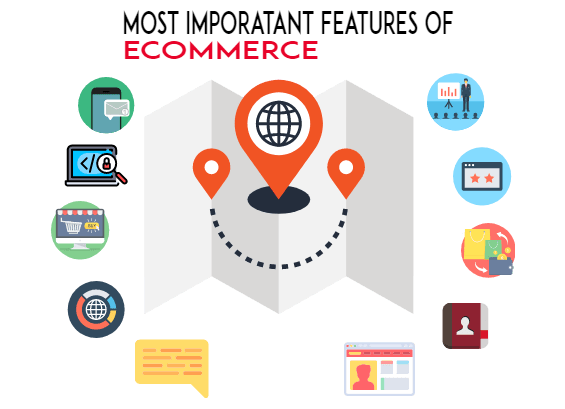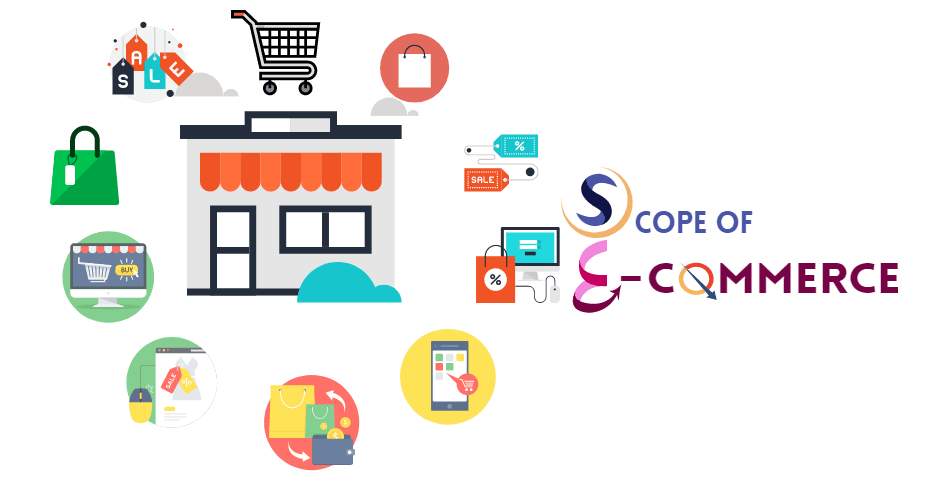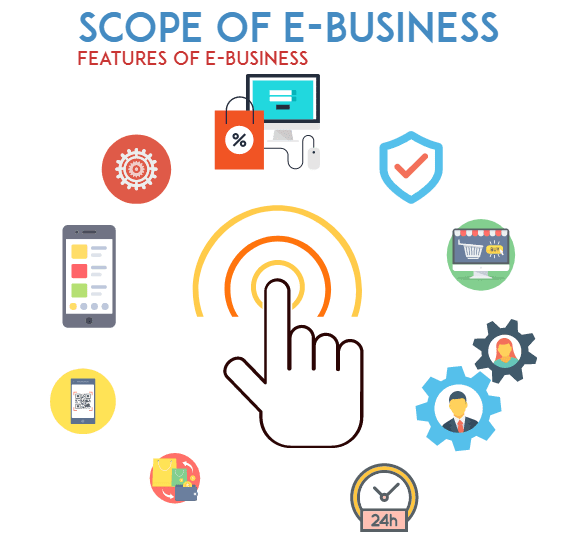The digital product industry has grown exponentially in recent years, with more entrepreneurs, creatives, and businesses turning to digital products as a means of generating income. The best part? Selling digital products doesn’t require inventory, warehousing, or shipping—allowing you to operate your business with minimal overhead costs. If you’re looking to sell digital products but don’t want to deal with the hassle of physical inventory, this guide will walk you through the process of selling digital products with no inventory.
From identifying profitable digital products to choosing the right platform and marketing your goods, we’ll cover all the essential steps you need to take to start a successful digital product business.
What Are Digital Products?
Digital products are intangible items or services that are sold electronically. Unlike physical products that require storage and shipping, digital products can be delivered instantly to customers via download links or access to online platforms.
Some common examples of digital products include:
- E-books
- Online courses
- Software and apps
- Music and audio files
- Digital art, illustrations, and graphics
- Printables (calendars, planners, art prints)
- Website templates or themes
- Stock photos and videos
Since digital products don’t require physical storage or handling, they offer a low-barrier entry into the e-commerce world and a great way to generate income online.
Advantages of Selling Digital Products with No Inventory
Before diving into the steps of how to sell digital products, let’s explore some key benefits that come with selling digital products without worrying about inventory:
| Advantages | Explanation |
|---|---|
| No Inventory Management | No need to worry about stocking or managing physical products. |
| Low Overhead Costs | Minimal expenses related to production, shipping, and storage. |
| Instant Delivery | Digital products can be delivered to customers instantly via email or download links. |
| Scalable | Selling digital products allows you to scale your business without worrying about physical inventory. |
| Global Reach | Digital products can be sold to anyone in the world with internet access. |
Selling digital products removes many of the logistical challenges associated with traditional e-commerce, making it an attractive option for entrepreneurs.
How to Sell Digital Products with No Inventory
Now that you know the basics, let’s break down the essential steps to selling digital products with no inventory. Follow these steps to set up your digital product business from scratch.
⚫ Choose a Profitable Digital Product to Sell
The first step in selling digital products is choosing a product that has demand. While digital products offer a wide range of possibilities, it’s important to select one that aligns with your expertise or passion and appeals to your target audience.
Here are some popular digital products you can sell:
| Digital Product Type | Description |
|---|---|
| E-books | Write and sell books on a specific topic. These can be self-published guides, tutorials, or even fiction. |
| Online Courses | Create video or text-based courses teaching a skill or knowledge in a specific niche. |
| Templates and Themes | Sell website, blog, or social media templates and themes for platforms like WordPress or Shopify. |
| Printable Products | Sell downloadable files like planners, art prints, calendars, or fitness trackers. |
| Music and Sound Effects | If you’re a musician or sound designer, sell royalty-free music, sound effects, or audio clips. |
| Stock Photos and Videos | If you’re a photographer or videographer, sell high-quality stock photos or videos for use in media projects. |
⚫ Create High-Quality Digital Products
Once you’ve chosen a product, you’ll need to create it. The quality of your product directly impacts customer satisfaction, reviews, and future sales, so make sure it stands out.
- For e-books: Focus on creating well-written, valuable content that addresses your audience’s pain points or provides them with essential information.
- For online courses: Invest in high-quality video production and clear, concise lessons. Tools like Teachable, Udemy, or Thinkific can help you create and host your course.
- For printables: Tools like Canva or Adobe Illustrator can help you create visually appealing and practical products.
Pro Tip: Spend time perfecting your product before launching it. People are more likely to pay for well-designed, valuable, and professionally presented products.
⚫ Choose a Platform to Sell Your Digital Products
Next, you need to choose a platform where you’ll sell and deliver your digital products. The platform you select should be user-friendly, secure, and allow you to automate the delivery of your products.
Here are some options for selling your digital products:
| Platform | Description |
|---|---|
| Shopify | A popular e-commerce platform that allows you to sell digital and physical products. Shopify makes it easy to integrate payment systems and automate product delivery. |
| Etsy | A marketplace for creative goods, including digital products such as printables, templates, and art. Etsy provides an established customer base. |
| Gumroad | A simple platform that lets creators sell digital products directly to customers. Ideal for e-books, courses, and artwork. |
| Sellfy | A platform designed for selling digital products with an integrated shopping cart and payment system. Ideal for e-books, software, and digital downloads. |
| Teachable | Best for selling online courses, Teachable allows you to create, market, and sell courses with ease. |
| Amazon Kindle Direct Publishing (KDP) | A self-publishing platform for e-books. You can reach millions of readers globally with KDP. |
Each platform has its own advantages, so choose one that best suits the type of digital product you want to sell and your target audience.
⚫ Set Up an Automated Payment and Delivery System
One of the greatest advantages of selling digital products is the ability to automate the payment and delivery process. Once a customer purchases your product, the system should automatically send them a download link or access to the product.
- Payment Processing: Most platforms offer built-in payment processing (e.g., Stripe, PayPal), but you can also integrate your payment system with services like PayPal, Stripe, or Square if using your own website.
- Instant Delivery: Set up an automatic email or download link for your customers once payment is confirmed. Services like SendOwl or Payhip help automate this process for you.
⚫ Market Your Digital Products
Once your digital products are ready and available for sale, it’s time to market them. Without marketing, no one will know about your products, and your sales will be limited.
Here are several marketing strategies to help you boost sales:
SEO Optimization
Search engine optimization (SEO) is crucial for driving organic traffic to your website or product pages. Optimize your website content, product descriptions, and blog posts with relevant keywords that potential customers might be searching for.
Social Media Marketing
Leverage platforms like Instagram, Pinterest, and Facebook to promote your digital products. For example, you can use Instagram stories to showcase snippets of your e-book or Pinterest to share your printables or templates.
Content Marketing
Start a blog or YouTube channel to create content related to your digital products. For example, if you sell online courses, create helpful blog posts on the topic of the course to drive traffic to your product page.
Email Marketing
Email marketing is an effective way to nurture your customer base. Build an email list by offering a freebie (e.g., a free e-book or template) in exchange for their email addresses. Once you have an email list, you can send newsletters, product updates, and promotional offers to your subscribers.
Affiliate Marketing
Consider setting up an affiliate program where others can promote your products in exchange for a commission on each sale. Platforms like ShareASale or Refersion allow you to set up and manage affiliate marketing programs.
⚫ Price Your Digital Products Right
Pricing your digital products correctly is essential to success. Research your competitors and consider the value your product offers to your audience.
Here are a few tips for pricing:
- Consider the market: What are similar products being sold for? Are you offering additional value?
- Use tiered pricing: Offer basic versions at a lower price and premium versions with extra features for higher prices.
- Discounts and offers: Occasionally offer discounts to attract customers, especially for first-time buyers or during holiday seasons.
⚫ Track Your Sales and Optimize
Once you start selling, keep track of your sales performance using analytics tools. Most platforms offer detailed insights into customer behavior, sales trends, and product performance.
Use this data to:
- Optimize your product listings.
- Identify popular products and bestsellers.
- Tweak your marketing strategies for better results.
Conclusion
Selling digital products with no inventory is a lucrative and efficient way to run a business. You can offer a wide variety of products—from e-books and online courses to printables and stock photos—all while avoiding the headaches of managing physical inventory. By following the steps outlined in this guide, you’ll be able to successfully create, market, and sell digital products without the overhead costs and complexities of physical goods.
















